How I Learned to Find Joy in the Recent Years of My Photographic Journey
![]()
I am a technical professional who wanted to become an artist in his middle years. I confess that I had no previous art training except for making papier-mâché boxes in high school!
After more than 12 years of diligent (albeit part-time) work, I now reflect on the journey and highlight those joys of the path that were important in the development of my art from the camera.
This article is about sharing my experience as I became proficient in the artistic aspects of art from the camera.
These are the joys of my recent years in photography.
Seeing more learning opportunity in the art of photography
I had begun to perceive that gear acquisition and technical expertise would not satisfy that something in my soul which needed expression.
I came across Alain Briot on Luminous Landscape more than 10 years ago. He espoused an approach to the art of photography that basically said, “You are your only competition.” That made sense to me. I understood what it took to become better, as I had pushed myself hard in many previous parts of my life. I was in those aspects my only competitor.
My previous experience of how to improve my photography was through local camera clubs, where critiques were based on a winner approach and all the others were losers. I thought that if I wanted to “win” at the camera club, I needed to make pictures like those chosen as having the “best photographs”. But I did not want to do that. I wanted to express that something in me. I never learned anything from that model of presentation, and Alain’s position was a refreshing way to think about my photography.
In this journey I learned that every photographer is an artist. I had never considered myself an artist prior to this journey, and it has taken me ten years for that self-acceptance. The last few years fifty-one percent of me has thought of myself as an artist first and photographer second. Probably by the time this article gets published it will be closer to 75% artist and 25% photographer.
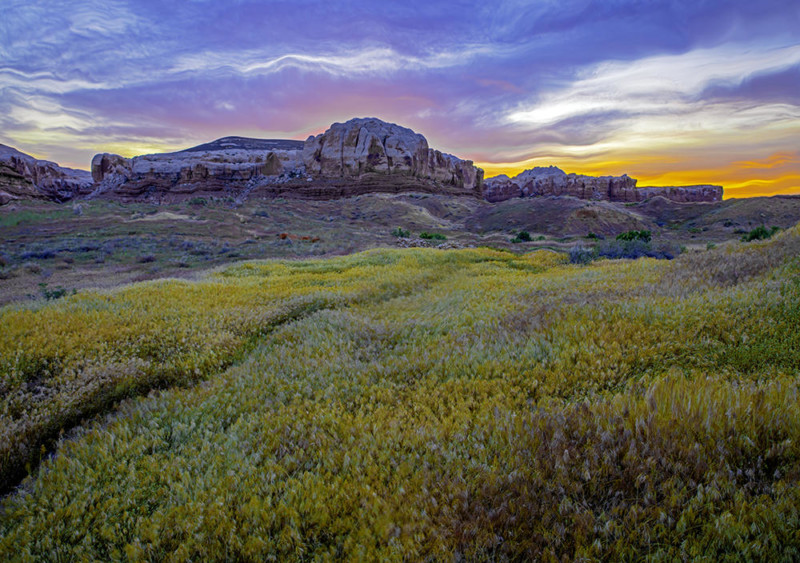
Having hope that there could be an expression for this restlessness that had always been in my soul
From my earliest years I had a feeling that there was something rumbling around in me that needed expression. I had dabbled into art in drawing, stained glass work, journaling, as well as the culinary arts. I thought I could silence my disquiet through my first profession. But each of these attempts could not quell that fervor and upheaval in my soul.
Only after five-plus years of working with Alain Briot, did that feeling begin to subside. Then I knew that there was an artistic voice from within that needed to become tangible. For more than 40 years of my life I had worked to become a competent technician in my field, all the while ignoring the other need to be creatively expressive.
Being technically proficient in my photography did not feed that deeper need. It was only as I pursued my work as art did that restlessness begin to subside.
I now consider myself the poster child for the middle-aged technical professional who worked to regain their artistic nature.
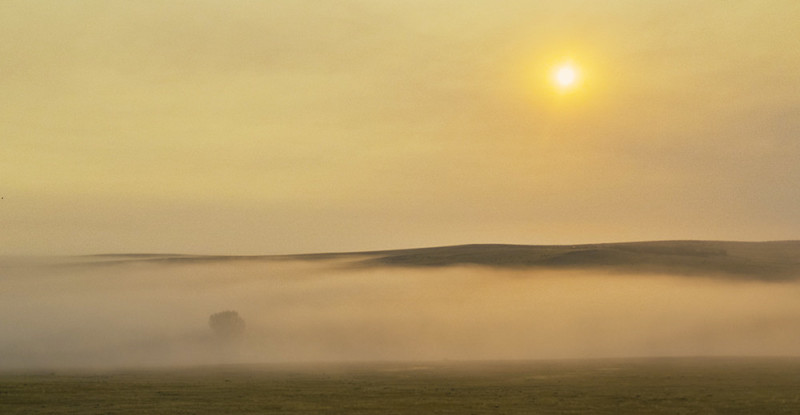
Being stripped of the false ideas and perceptions hindering my understanding and creativity
Because I had spent the first half of my life acquiring knowledge and technical skills, I assumed art would be easy. Although remarkably painful to have my “artistic” ego smashed by the truth of what I was achieving, the release from false preconceptions was invigorating and joyful.
This step is critical for all those like me to break free from the thought patterns from a technical field into a life of creativity and personal expression.
Some of my ideas and preconceptions that needed to be removed were:
- Art is easy.
- I already make great photographs.
- I did not have to work as hard at my art as I did my primary profession.
- I already knew enough to be “great”.
- I was already in love with the work I was producing.
- I distrusted those who criticized my work.
- I knew enough. (Yet I really did not know what I did not know.)
- A good camera is what is needed to produce a good photograph.
- The only great images are those produced in the golden hours.
- I knew how to process my images.
- I knew all there was to know about color.
- I shot in Auto mode and JPEG.
- I knew how to print well.
- I did not need to practice.
- I could learn everything from the internet, so why entertain the notion that there are masters from whom I could learn even more.
Painfully but joyfully these arrogant notions were kindly but surgically removed. Then I was free to see and learn as my heart desired. That freedom is priceless.
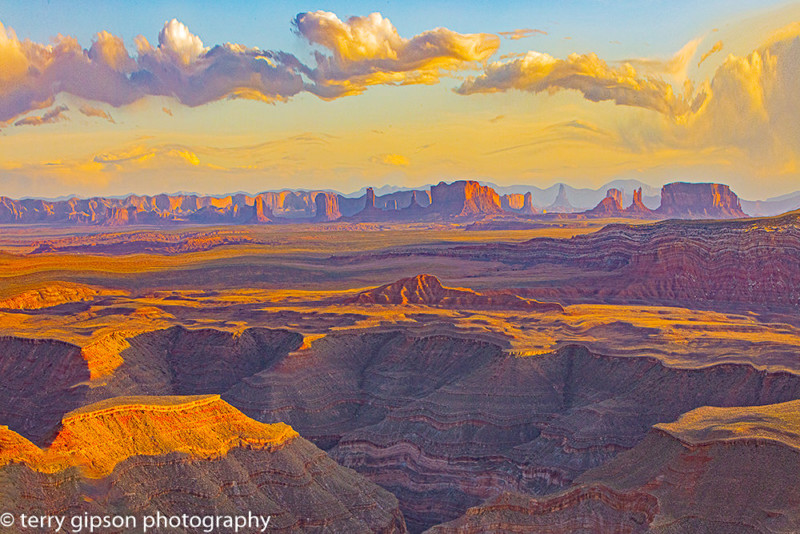
Realizing that my art was latent from within me
It was quite a transition to realize that art required something of me that I did not do well. It required me to express emotion as well as something personal.
And it required me to articulate all sorts of things I had no idea how to express, such as:
There were Emotional issues
What emotion was I expressing in each print? My most default response was, “…because it was beautiful”. That did not work for long.
What was the story behind this current collection of prints? It was about my supreme vision of the universe…that was met with blank stares…
Do you write about your work and what it means to you? (Okay now we are really having to get personal!)
And then Artistic issues
What color palette was I showing and why? What was a color palette? These were just the colors in the image.
Did I work on projects? What were those?
What school of photography was I following? My usual answer was, “My own unique school of photography”. That did not work for long either.
What type of light was I photographing in? Umm…daylight…even more blank stares with a slap to the forehead by some…
Why are there no midday shots? Because the golden hours are the only hours good photographers shoot. Plus, they must take a nap after working so hard all morning….
And then Technical issues
Where were the black and white points and why did I choose them? What??
Do you use Photoshop or just Lightroom? No, because Photoshop is not for photographers.
Why did I choose that level of contrast? Just because I liked it. More blank stares.
Why did I print so small? To hide the imperfections? Uh…yeah…
Why did I choose that depth of field? Because….
I should have just said, “I don’t know” rather than make up stuff. Eventually I did learn to say, “I don’t know. Please teach me.” But I had to be willing to be a student again to ask for that kind of help. That was hard for a midlife professional such as I who came from a technical field. I thought technology and my previous experience explained everything!
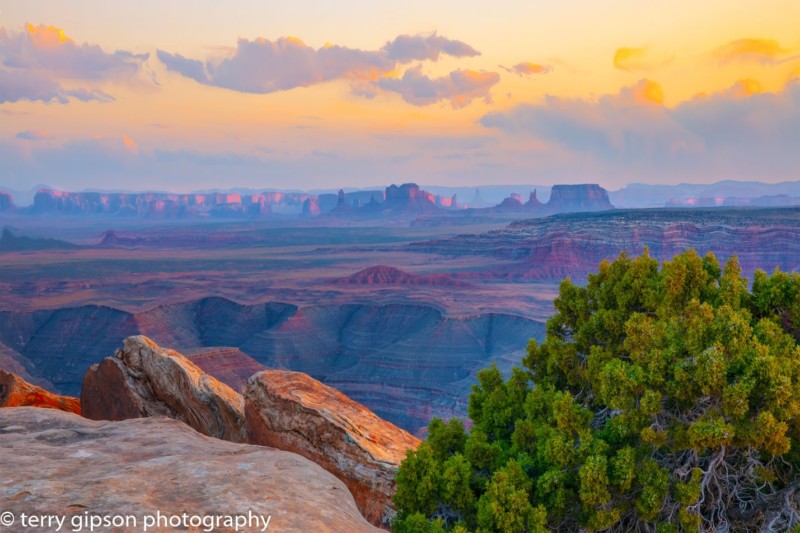
Realizing there is no end to the journey
This realization was a great relief to me. There was no pressure to meet some deadline or goal. My art is only about learning to better express myself emotionally and aesthetically. That is what I had wanted all along and that is what kept the restlessness at bay.
I am now most comfortable with a process that requires me to work as hard as I can at something. Much of my life I strove for perfection in everything I did. That resulted in the ultimate realization that those aspects of my life, which were the focus of my perfectionistic efforts, often turned out otherwise. Endeavors that demand my full attention and efforts without having to meet some unrealistic standard are now how I pursue my art.
I also realized I could not do all this by myself. Over the last number of years, I have relied on other photographers whom I trust to see things in my work that needed further exploration. They have guided me when I had become uncertain of my next steps.
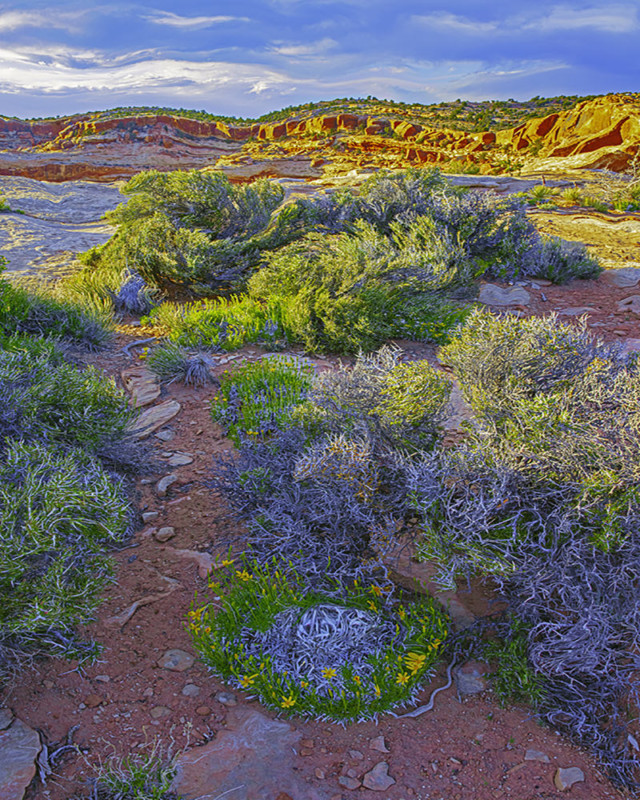
Exploration of my creative life
This is the primary joy in my work. Creativity always involves something new. That something new is a great joy to me and a motivator to work more at my endeavors.
What is artistically new refreshes my soul and leads me forward in my work. It took many years of exploring my own creativity to accept this as a valid reason for my art.

Completing each project
I have learned the value of working on projects. Projects are now a series of consistent photographs. Because it is easy to make one or two good images, I strive for 6 or more to push myself and my creativity. The consistency of a project can be based on a subject, style of composition, style of processing, color palette, elements, or whatever theme holds those 6 or more images together.
It took me quite a while to understand the idea of an artistic project. Now it is an integral part of my field work. I look and wander a given location to create a project. It is not a preconceived idea of what I want to photograph. It is a spontaneous act. That spontaneity is the first step into my creative experience. It is also a glimpse into the way I see the world in which we live.
If I plan to be at a location for two hours, it may take me 30 minutes or more to focus on what my project will be at that location. It may be aspen trunks or the patterns of dry rivulets or stones or plants.
Regardless, I often start shooting based on previous work. Eventually I see and settle on a theme for that time of wandering that location. I am a wanderer at heart. So, wandering a location soothes my soul and allows me to see what is before me.
I am often guided by ideas from past projects. I then look for elements and subjects that complete what I felt was lacking in my previous work as well as what I want to show going forward.
This is a complex and artistic process that can only be shown in the final result as a print.
Projects now guide my work. As time goes on, my standards continue to rise, so it is harder and harder to get a complete project from a given bit of field work. I do not stress over getting six good images. I just shoot as the desire arises to make a project based on what I see before me. Not all projects work out. Still that outcome does not detract me from this ongoing practice.
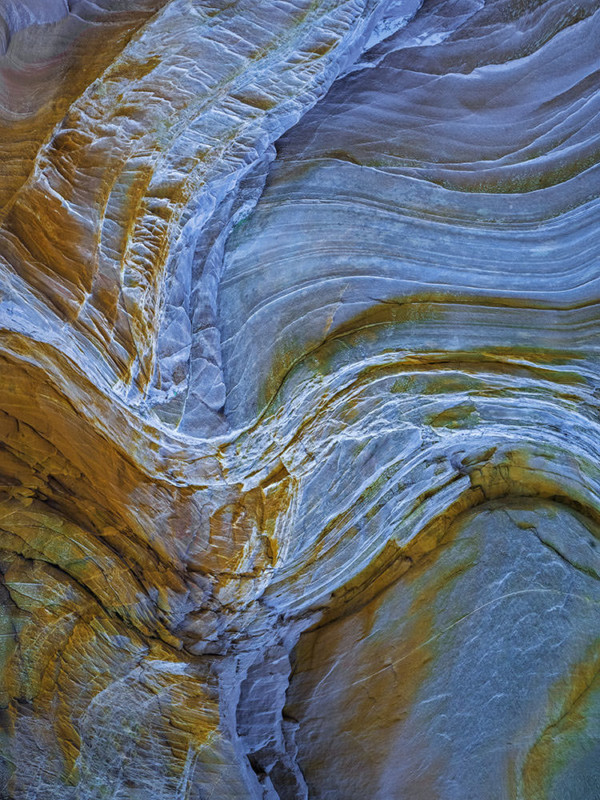
Showing my work in public
Early in this journey I was so embarrassed to identify or be identified as an artist that I did not even sign my work! I have two prints in my office that remind me of those early years.
Now I consider my work incomplete without my signature. A work of art needs the artist’s signature to be complete, so there is ownership for that work of art. It is a statement of pride for an artist. It also stamps that work of art to a particular person and time. It centers it as a mark in history.
I came to realize that I love to spend time with people talking about my work. I share my work online, but the real joy is talking about a print in a frame and showing it in person. It is that tangible bit of reality that I cherish. It comes from my years as a physician talking about what is known about a person’s condition. In this case, that “condition” is my art. I talk about it as if it is my own condition.

Making my first print sale
There is a strange notion in art that an artist is not supposed to make money from their work. Oddly no other profession thinks that way. So why would artists? Painfully an artist must be dead for his/her work to be worth more than what was asked for in their lifetime. That does not help them much in their lifetime.
Art is a luxury and not a necessity for life. So, spending money on art is discretionary.
The first time someone gave me money for my work, I was befuddled and so overwhelmed with gratitude that I was speechless. Simply saying “thank you” seemed paltry. That experience changed the way I think about my art. Someone had just given me something they did not need in exchange for my work.
The exchange of money for art is the basic commerce for those who make their living as an artist.
I do not have to make my living from art. At the same time, I realize I have spent more than a decade in training and have spent tens of thousands of dollars on education and travel. It costs me to produce each work of art I sell. It should not be given away nor under-valued.
I share my journey as an example to show that buyers should not take an artist’s work for granted and that artists should not undervalue their work. Every profession has its value, and art is no different.

Finally, I feel the need to reiterate that I am a mid-life technical professional who has moved into the world of art in a manner different from many who are trained in art in their younger years. I had to regain a sense of creativity and spontaneity in my photography that was not there before. I had to work to develop it. I also did not say, “I am too old for this kind of work and hardship.”
I see too many that think their previous exploits in life make their photography great. Unfortunately, it seems to only make their ideas of themselves greater and stagnates any movement into art. Universally their work is quite droll and uninteresting.
I have a deep respect for those who work their way through to making a living with their photography or other art. To them I offer the deepest gratitude for pushing the idea that photography is an art. Those of us who came to it later in life did not have to endure so assiduously as they did.
You can also read: How I Learned to Find Joy in the Early Years of My Photographic Journey.
About the author: Terry Gipson is a photography enthusiast and a physician still actively practicing medicine in the United States. The opinions expressed in this article are solely those of the author. In his spare time, he seeks opportunities to express the more creative side of my soul through photography. You can find more of Gipson’s work (and purchase prints) on his website.